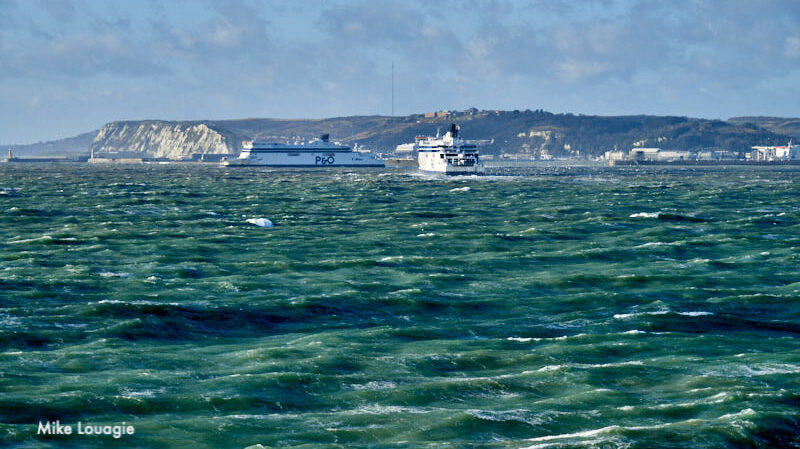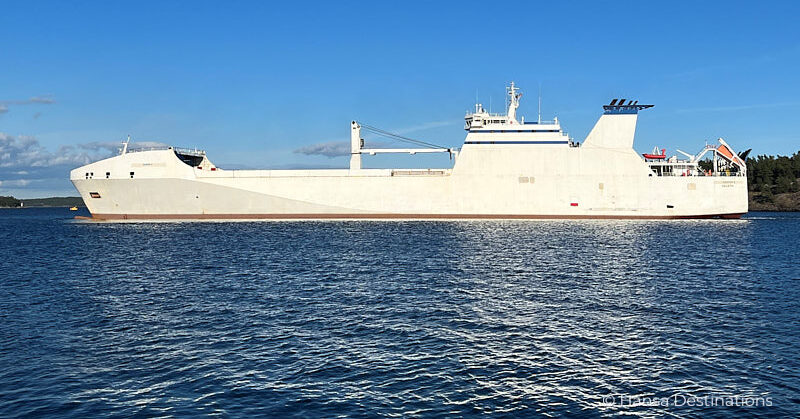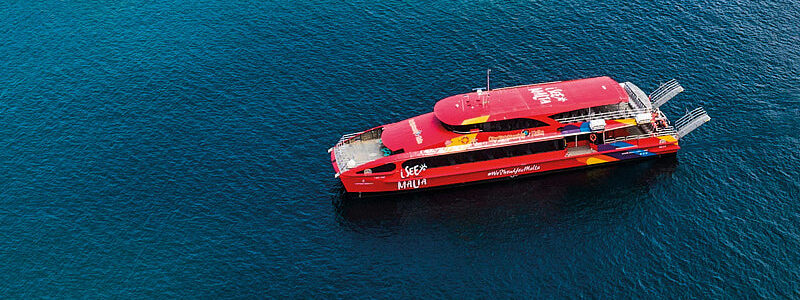On 14 October 2022, Norled AS won the contracts for:
- Route 800 Trondheim – Kristiansund
- Route 805 Trondheim – Brekstad
- Route 810 Trondheim – Vanvikan
Contract lasts until 24 April 2030.
- 2 new electric vessels for Trondheim – Kristiansund: aim to reduce CO2 emissions with 70%
- 1 new electric vessel for Trondheim – Brekstad (route 805) – emission reduction is up to 80%.
- During the start-up period, the connections will be operated by alternative vessels until the new boats are in place during 2024.
- On the route Trondheim – Vanvikan (route 810), the vessel TIDEVIND will be converted into battery hybrid operation.
SHIFT will provide the new battery exchange solution.
















